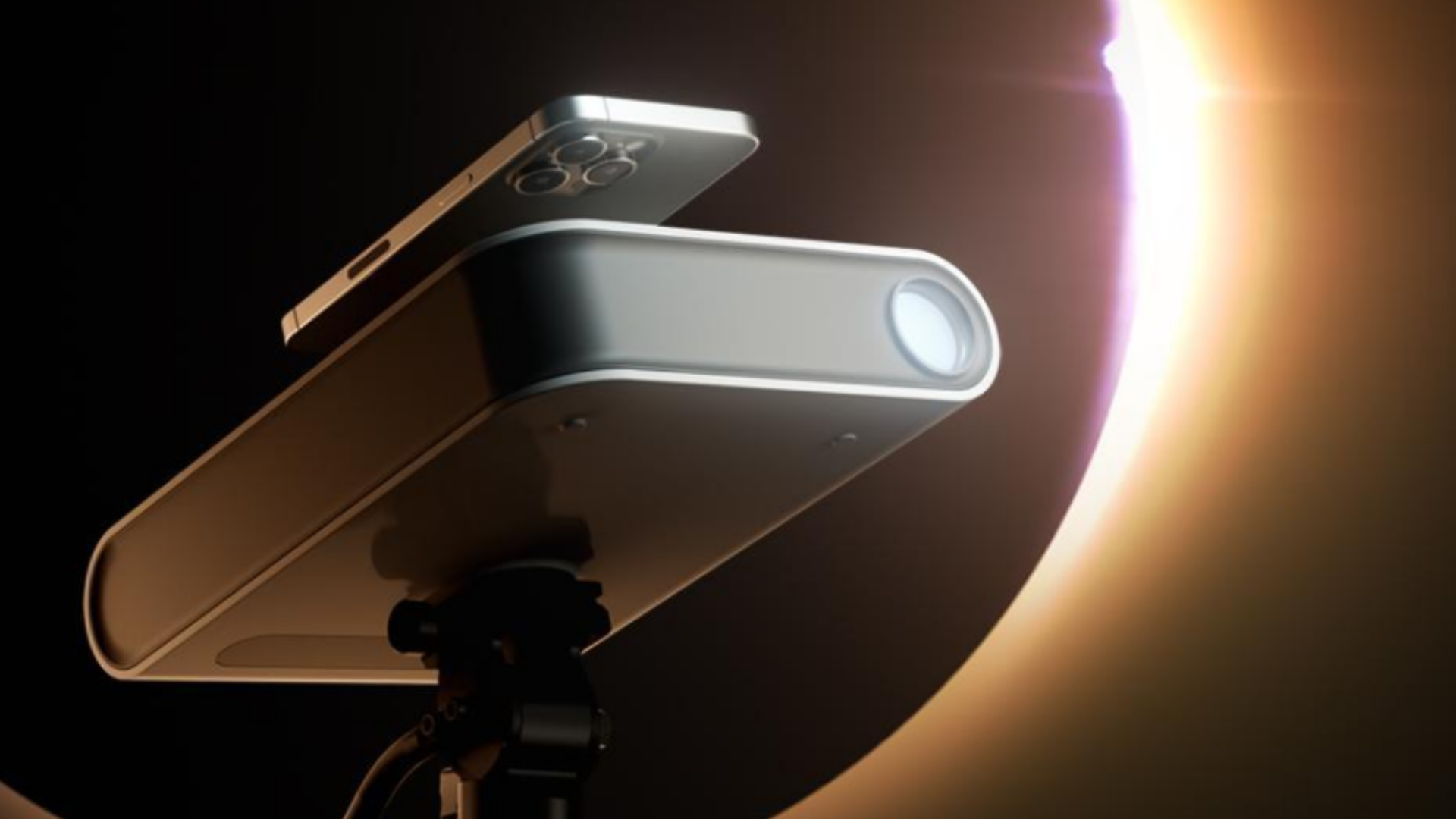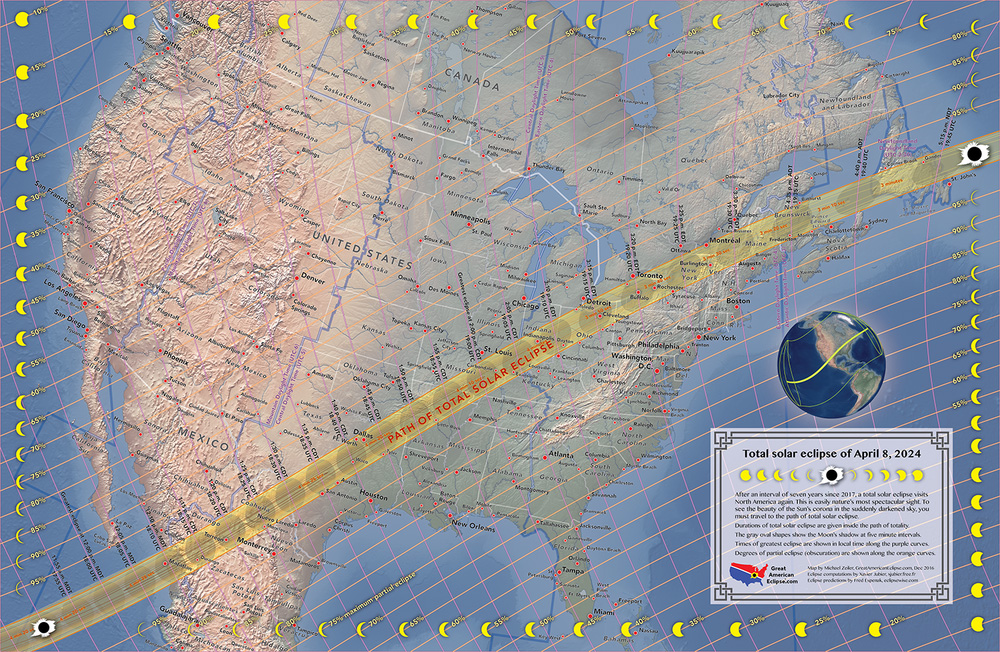
A Kickstarter for the first system to ever turn smartphones into smart telescopes has crossed the $2 million mark with just under a week left to go.
The Kickstarter campaign was launched last month by Vaonis, maker of Stellina and Vespera telescopes, to develop the new Hestia system that uses the power of smartphone sensors to photograph the stars. Though high-performance, the sensors on most phones have limited capabilities for astronomy due to their small lens size. Hestia boosts this capability, increasing brightness up to 25 times and sharpness up to 5 times.
The Hestia system, which already has over 8,000 backers on Kickstarter, combines a telephoto lens and intelligent software to harness the performances of smartphone cameras, converting them into an astronomy observation and photography station with images taken viewable on the Gravity app. Vaonis has developed the system as part of the company's mission to make astronomy accessible to everyone, with astronomy novices and children as young as eight able to start making celestial observations almost immediately.
"It's one of the necessities when we are working on a product, it has to be very easy to use, even for a kid," Vaonis CEO Cyril Dupuy, an astronomer himself, told Space.com. "With Hestia, you just have to place your smartphone on the product and take around 10 seconds to align your smartphone, then with the Gravity app, you can see directly the pictures of the sky. Even if you have never observed the sky before, in only two minutes, you will observe your first results."

Looking for a telescope? We recommend the Celestron Astro Fi 102 as the top pick in our best beginner's telescope guide.
Further boosting this ethos of accessibility is the fact that Hestia will be compatible with both iOS and Android phones. Dupuy pointed out that even a smartphone that is around five years old will work with Hestia for taking images of the sun and the moon, but to see more deep field objects like nebulas, a more recent and more sensitive smartphone such as an iPhone 12 or 13 may be required.
Vaonis, launched in 2016, is no stranger to introducing astronomy equipment via a Kickstarter campaign. In 2020 they successfully launched the Vespera smart telescope after a fund-raising program. The difference between Hestia and previous projects is this smartphone telescope project is much more affordable.
"It was possible to better in terms of price," Dupuy said. "We wanted to use all the image processing experience we have gained to develop an app and to create a very affordable new product."
The basic pledge needed to receive a Hestia system, minus a tripod called the Solo pack, is $189. The Standard pack includes Hestia, a dust cover, and a tripod and is priced at $229, while the Eclipse pack costs $299 and includes all this, plus a solar filter and a hard case.

The solar filter will be handy for one event that Hestia will be particularly useful for viewing, the solar eclipse that will sweep across the U.S. on April 8, 2024. Not only this, but Hestia will allow skywatchers to observe the sun as it enters a period of maximum solar activity next year.
"The sun has periodic activity of 11 years, and next year it will be at its maximum. So when it's the maximum period of activity, you can see a lot of sunspots on the sun," Dupuy said. "It will be very interesting to observe this because the sun will be changing every day. Sometimes you will have 10 sunspots, and sometimes, you will have 60. Hestia allows you to observe the sun and see different details across the solar disk."
Hestia will, according to its developers, also be ideal for viewing more common lunar eclipses and for viewing the shadow of the Earth as it crosses the moon.
The platform will allow users to make more challenging observations too, including potentially spotting comets as they pass through the inner solar system, according to the Vaonis CEO. Additionally, while not having a field of view great for observing the other solar system planets, Hestia could allow skywatchers to image the rings of Saturn or even the clouds of Jupiter.
"For eight years, I had been looking at the evolution of the sensors of smartphones understanding that one day they could be the telescope for everyone," Dupuy said. "And now we are at that period of time where the smartphones are good enough to really place astronomy in the everyday life of people."
As such, to Dupuy, Hestia really represents the link between just looking at pictures of celestial objects and the public being able to go out and actually observe those images for themselves with ease.
"For me," he concluded, "it is the next level for astronomy."
Check out our guides on the best telescopes and best binoculars available today to learn more about the telescopes available today. You can also get great imaging gear using the best cameras for astrophotography and best lenses for astrophotography.







